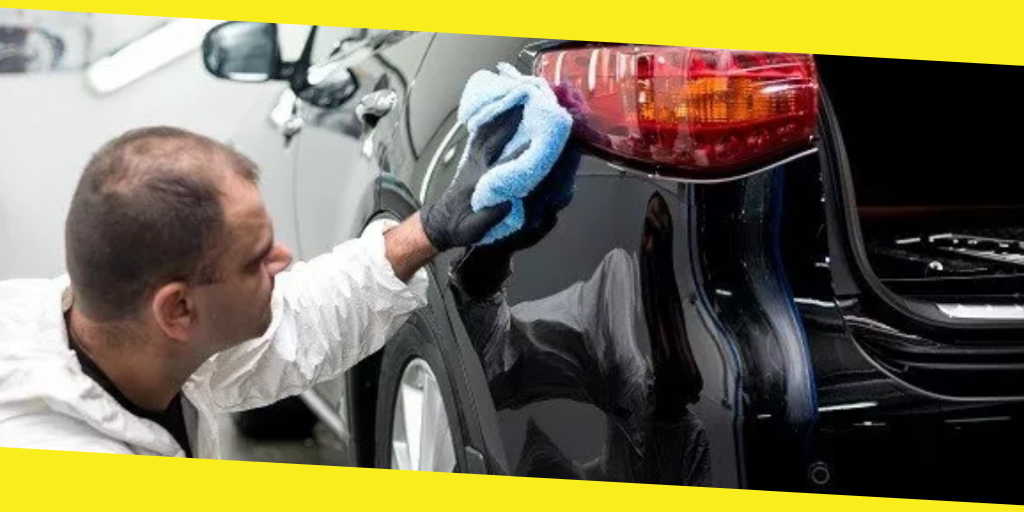
From the moment your vehicle first rolled off the assembly line, external forces started working against its pristine finish. The outside world is a busy place, and your car’s aesthetics are constantly under attack in a number of different ways:
- Sunlight
- Rain
- Sleet
- Snow
- Road salt
- Pollen
- Highway debris
- Fingerprints
While regular washing is a huge part of the effort to preserve your vehicle’s finish, it’s important to follow it up with an application of the best car wax you can get. Here’s a look at four different types of waxes and how each one works to maintain your factory luster.
1. Spray
The easiest way to apply wax to your car’s finish is by using a spray version that comes in the same type of misting bottle used for many household cleaners. Simply spray a coat of the wax onto a foam applicator pad and use overlapping circles to coat the entire vehicle. This product is best used on a car or truck with an existing protective coat and is more accurately considered a booster wax.
2. Liquid
Moving up from a spray-on product, liquid wax is the next easiest to apply. Liquids are far more substantial than a spray, which means they provide a thicker protective coat. You can use the same application process as the sprayed version, or you can use a buffing machine that draws power from your automotive battery.
3. Paste
The first automotive waxes to hit the market were pastes, and they still find favor with many car aficionados. Paste wax is the best way to create a long-lasting glossy coat thanks to the thick composition and natural oils. Because of the product’s viscosity, it takes a lot of work to apply an even coat across the entire surface, but the results are well worth it. To make the paste easier to work with, always work when the car is hot from recent driving or exposure to sunlight. If you’re a regular user of pastes, a motorized buffer is worth the investment.
4. Colored Waxes
You might see bottles of colored waxes on the shelf, which promise to help restore coloration to scratched areas of your finish. To use these products, find one that’s closest to your paint color and apply like you would any other liquid wax. Professional detailers have mixed opinions on these, because most vehicles have clear coatings applied above the paint, which is where scratches occur. When using one of these waxes, always test it on an inconspicuous area of the auto to make sure you’re happy with the result.
Keep Your Car Looking Good
These are four popular types of automotive waxes, but it’s up to you to figure out the best one to meet your needs. No matter if you’re buying wax for your car’s finish or a portable jump box to keep in your roadside assistance kit, you should always ask for advice from an experienced staff member at a trusted auto parts store. You’ve already spent thousands of dollars on your car or truck, so why not put in the effort to maintain its factory finish?
You may like this